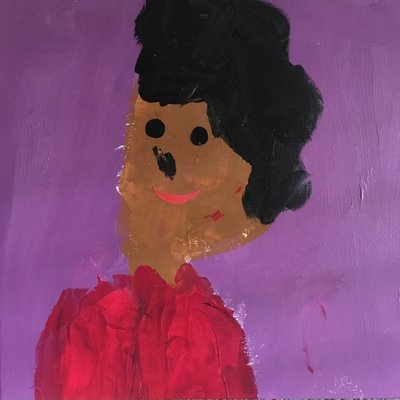City of Life and Death
14 September 2009, early morning
My first film of the festival was City of Life and Death, which was absolutely stunning. Shot in black and white, the film looks gorgeous. Each shot could be a photograph. This is all in great contrast to the films subject matter, which is about the Rape of Nanking. The movie is relentless. The film opens with the Japanese army advancing on the city. There is a pretty exciting battle, which the few Chinese soldiers who remain in the city ultimately lose. And then come mass executions. And all sorts of other atrocities. We are introduced to characters, develop a rapport with them, only to have them die. There are lots of close up shots of peoples faces. These sorts of shots show up again and again in the film. People we are never introduced to, and who never show up in the film again, will be featured in this way on the screen for a few seconds. An attempt to humanize an event that has become a list of statistics? I think so. The two lead Japanese actors in the film both incredible to watch. The film ends, more or less, with a victory dance through the city. That whole sequence is one of the best things i’ve seen shot on film. I can’t praise this film enough.
Apparently there was some controversy in China over the films release: people thought the Japanese soldiers were too sympathetic. The lead in the film is a conflicted soldier. He’s the only constant through out the film. The audience is probably supposed to identify with him. Soldiers are seen playing with Chinese children and giving them candy. They sing and dance with one another. They joke around. This certainly does humanize them, but does it make them sympathetic? I don’t think so, because it doesn’t justify any of their actions. They are still raping and killing people. They are behaving like beasts, but they aren’t beasts they are people. This is actually what makes these sorts of events all the more horrific. Lu Chuan should be commended for not making the Japanese soldiers into caricatures.
City of Life and Death at the Autheurs website. I watched the film with my friends, and L has written about the movie as well.

man, I hope you don’t take this as a spelling nitpick, but I think it’s awesome that the soldiers were rapping their way through the city. It goes with the victory dance. [fixed]
by Weiguo on September 14 2009, 2:00 pm #
I have to pretty much agree with everything you’re saying. I’ve been thinking about this film ever since seeing it.
Each shot really could be a photograph. Actually, it felt strange to be presented with such beautiful cinematography about such a grim subject. Whatever set up they were using at the Elgin really worked. Also, I really liked sitting in that theatre, but I guess it’s because I had an unobstructed view.
I want to see the dance sequence again.
The humanizing aspect didn’t seem to create sympathy, it added complexity, and suggested that satisfactory answers are elusive. There is a scene where a group of Japanese soldiers are singing some romantic/nostalgic song, some rice balls stacked on the piano, while a cart full of dead women who have been raped for days is wheeled past. I thought this was a good representation of what Lu Chuan was trying to express.
by mk on September 14 2009, 10:28 pm #
I should also say that watching it at TIFF was one of the best movie experiences I’ve had in a long time.
by mk on September 14 2009, 10:33 pm #